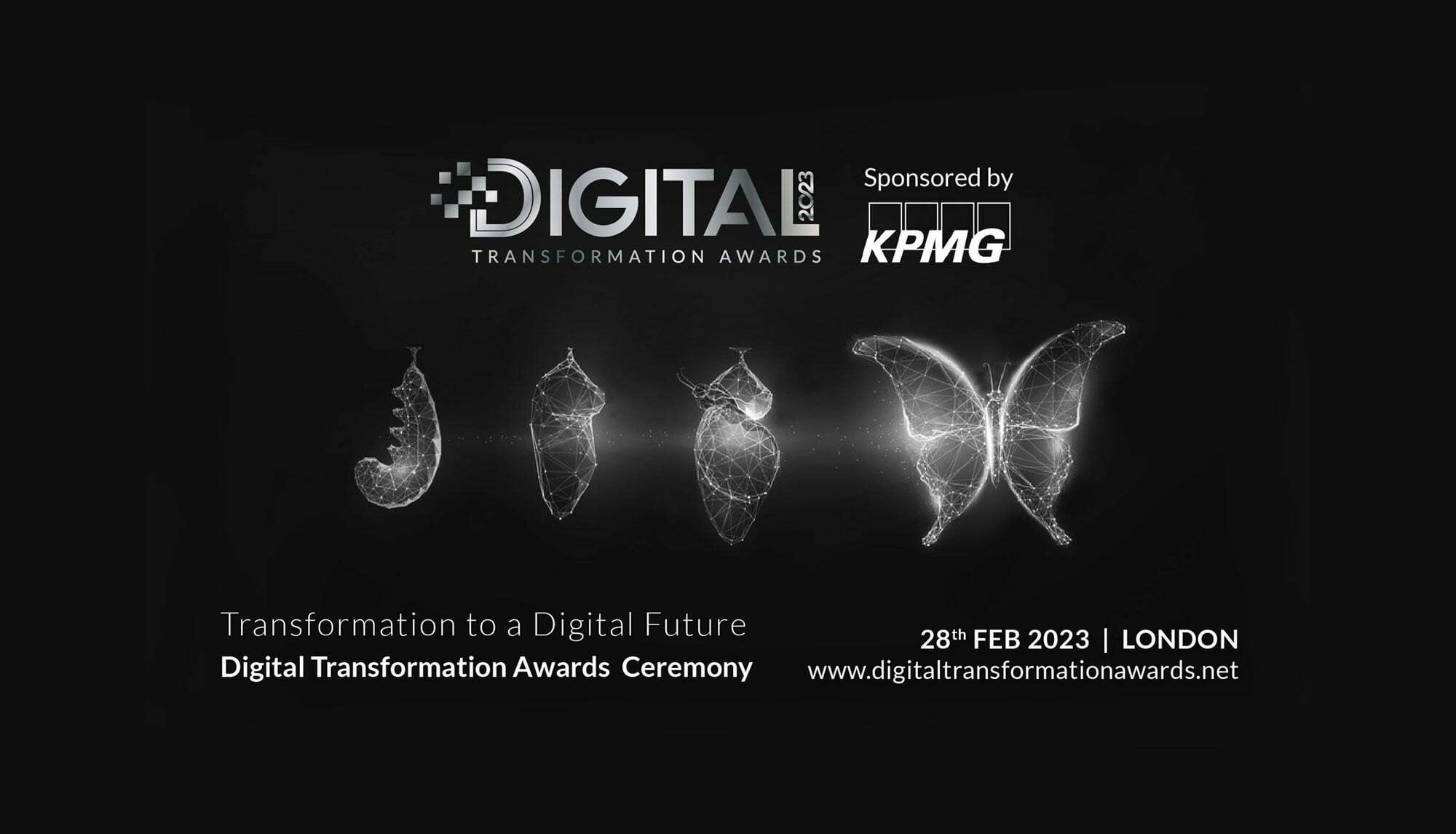Isaac Perez Moncho was at the National DevOps Conference 2021 at the British Museum two weeks ago and gave a talk about how to design thinking tools to boost your DevOps journey. Here is the first part of this talk:
The following is the story of William Blacksmith, a Middle Ages toolmaker.
Will works making tools for the shoemakers of the kingdom. You may think making tools for shoemakers are not worth writing about; however, in this kingdom, shoes are a sure way to get influence in the Royal Court. The King loves his sneakers.
Being an enabler of a kingdom’s influential sector, Will wants to improve his tools to increase the impact his customers have. He is very curious and likes trying new things all the time. When he hears complaints from the shoemakers about how antiquated their tools are, Will starts thinking about how to create a new generation of tools for his customers.
What if I asked the shoemakers about the tools we make for them?
No one in the kingdom has ever asked any customer what they thought about the tools they used. Will is not completely sure the shoemakers will be very collaborative. He starts thinking about questions to ask the shoemakers, and after some time he comes up with the following three:
Would you recommend our tools to shoemakers in our neighboring kingdom?
What would you keep from our tools?
What would you change?
Will believes those three questions are a good start because they give him some feedback, while not taking much time from the shoemakers. This should result in a good response rate. He has a problem, though.
The dancing season is about to start, and the shoemakers and himself are very busy. He cannot spend two days visiting each of his customers in person. What can he do? He is double lucky; not only has a printing press opened up next door, all his customers and himself know how to read and write! Not likely in those times, but very convenient for me and my story.
He decides to print the three questions, send his apprentice to deliver them to all his customers, and tell them he’ll be back one week later to collect the answers. Will is amazed by the responses and the suggestions to improve the tools. Some are very simple, yet he did not think about them before. Something unexpected also happened; some shoemakers left comments on the sides of the pages thanking him for giving them a way to express their issues.
Encouraged by the responses, he is eager to get better quality feedback and build a better relationship with the shoemakers.
What if I went in person and observed the shoemakers using their tools?
Will’s head is spinning trying to find better ways to improve his tools. With his experience, direct observation, and a dialogue with the users, the quality of feedback would increase substantially.
Now he has a problem, who is he going to visit to do this? He has too many customers and visiting all of them will take too much time. He decides to start with the shoemakers who left thank you notes in the previous questions and with whom he has a better relationship. Will settles for three customers, sending his apprentice to ask these customers for a good time to spend 1 hour observing some of their processes.
The visits are an eye-opener:
“Why do you use this tool like this? It’s supposed to be used this way.”
“We know, Will. But if you use it like it’s intended it takes too long to get the leather cut.”
“What? Did you set this up three hours ago?”
“Yes, Will, the tool and the sole need to settle for three hours before they can be put together.”
Will is mindblown – if he knew about emojis he would use one now. Many of his preconceived notions about how tools were being used have been rendered useless. He is back to his workshop, racing with ideas about how to improve his tools.
After the success of getting ideas from others, Will decides that before he starts tackling some of the biggest challenges he is going to work with his customers.
What if I invited some of the shoemakers here to my workshop and we discussed together how to tackle a challenge?
He prepares food, wine, and some small square pieces of parchment. When everyone arrives, Will presents them with a problem some of the shoemakers had and asks for ideas from everyone.
After several ideas are discarded, a few promising ones emerge. Will tells the shoemakers he will start making some prototypes of tools to tackle this challenge, and he will send them so they can try the prototypes. Everyone is so excited that they continue drinking, eating, and talking about tools and how to solve future problems.
We are not blacksmiths, we don’t create tools for shoemakers, and most of the time, we are not in the Middle Ages. However, we create tools and systems for expensive engineers, and we want to be proud of the tools we create for them.
In part 2, we will learn how and when to use Will’s techniques, as well as their modern names!
Article written by Isaac Perez Moncho, Head Of Infrastructure at Lending Works





